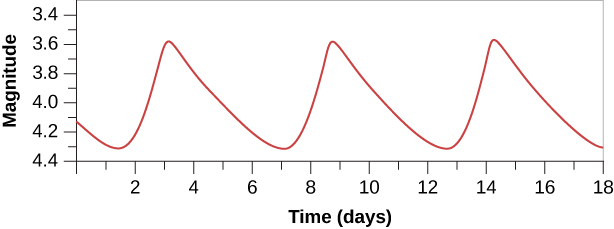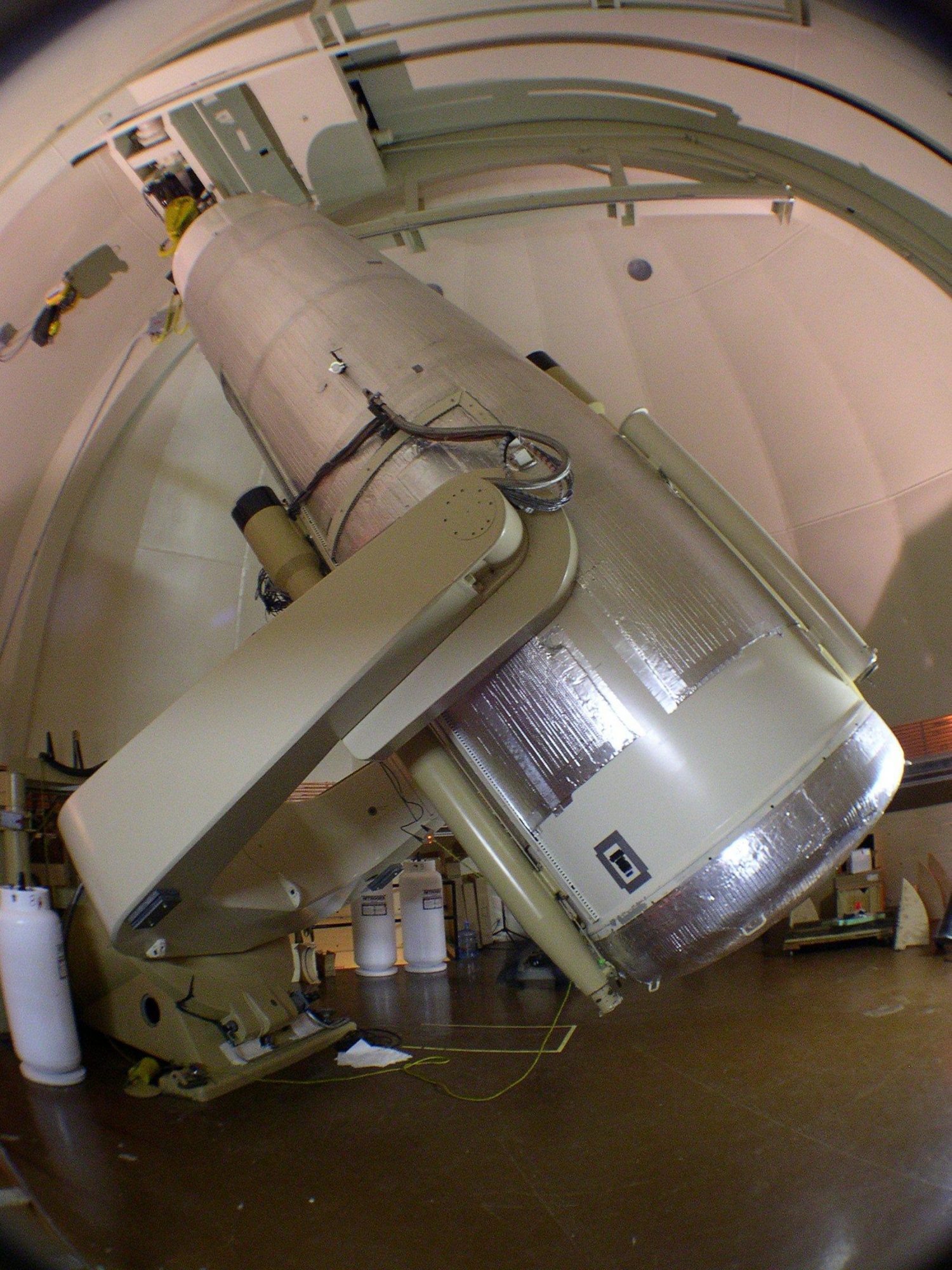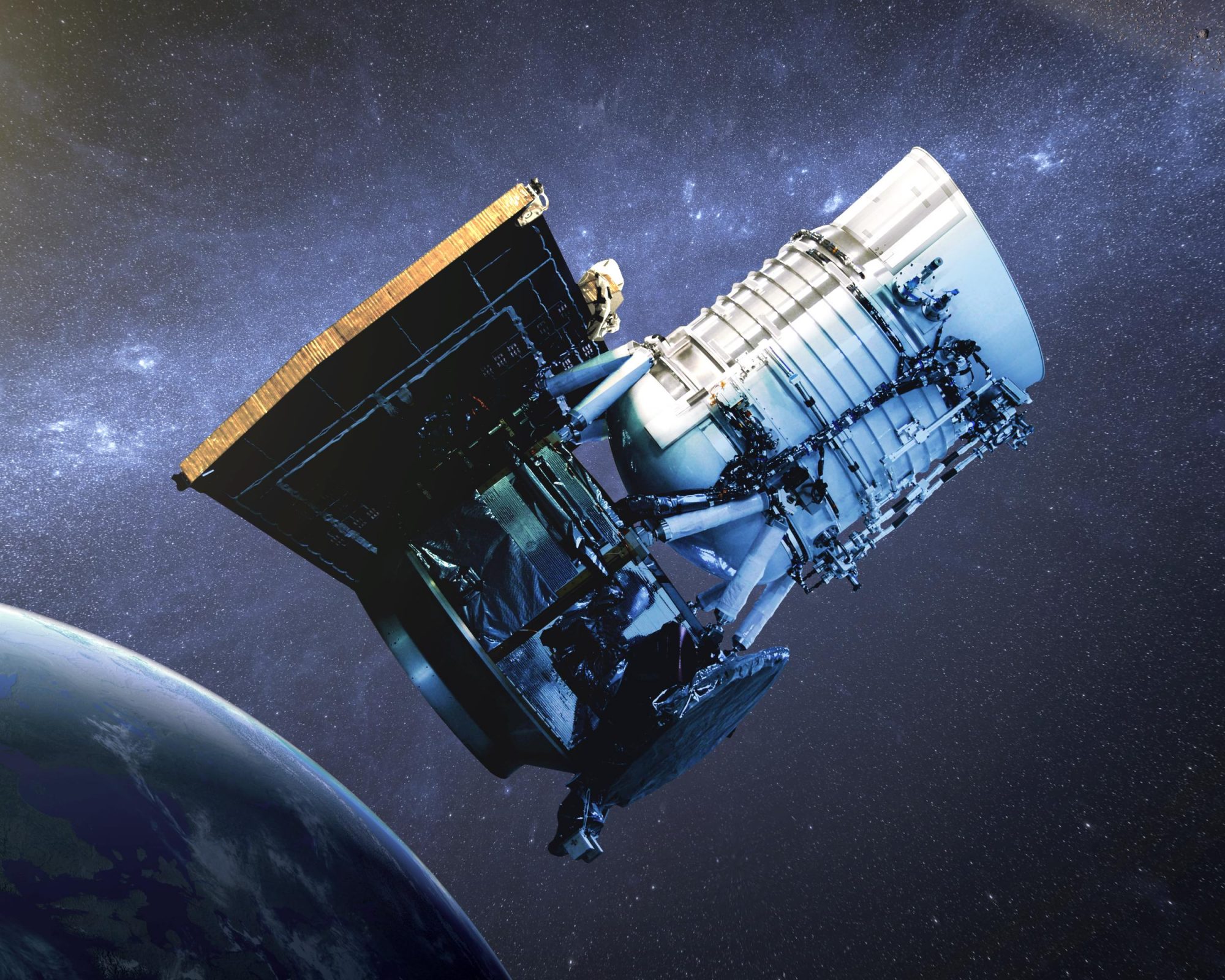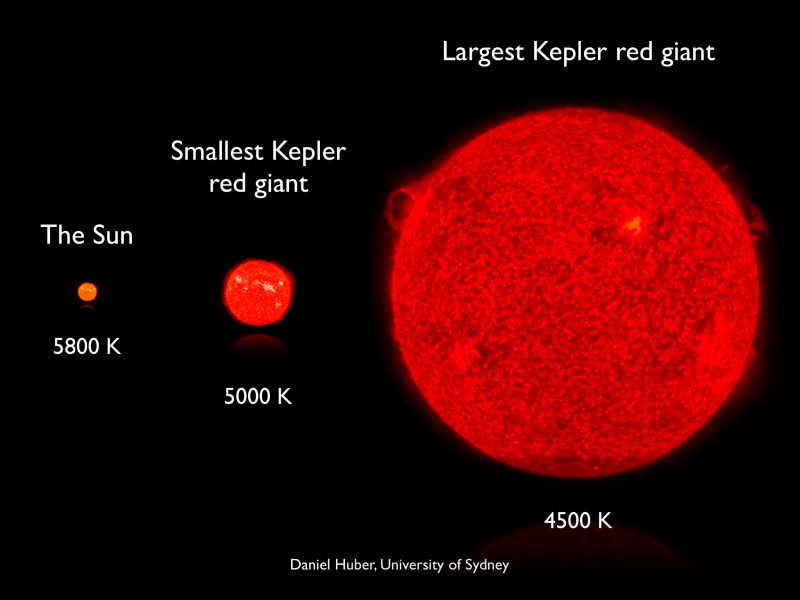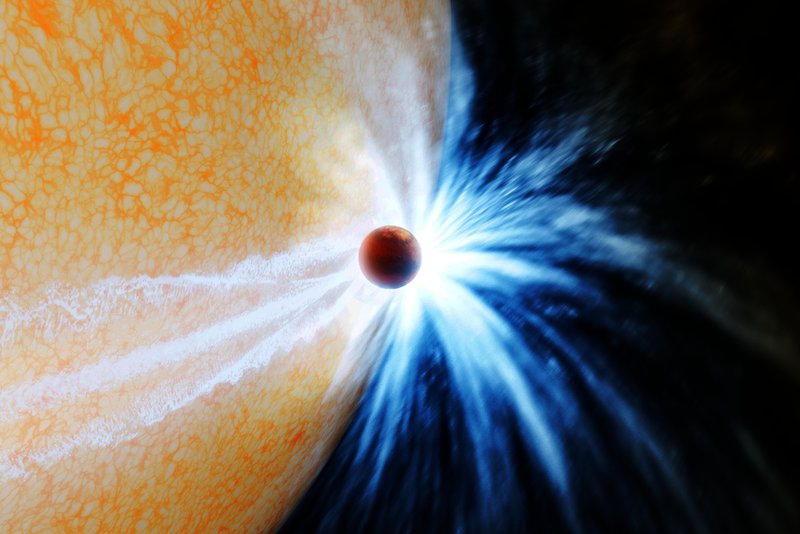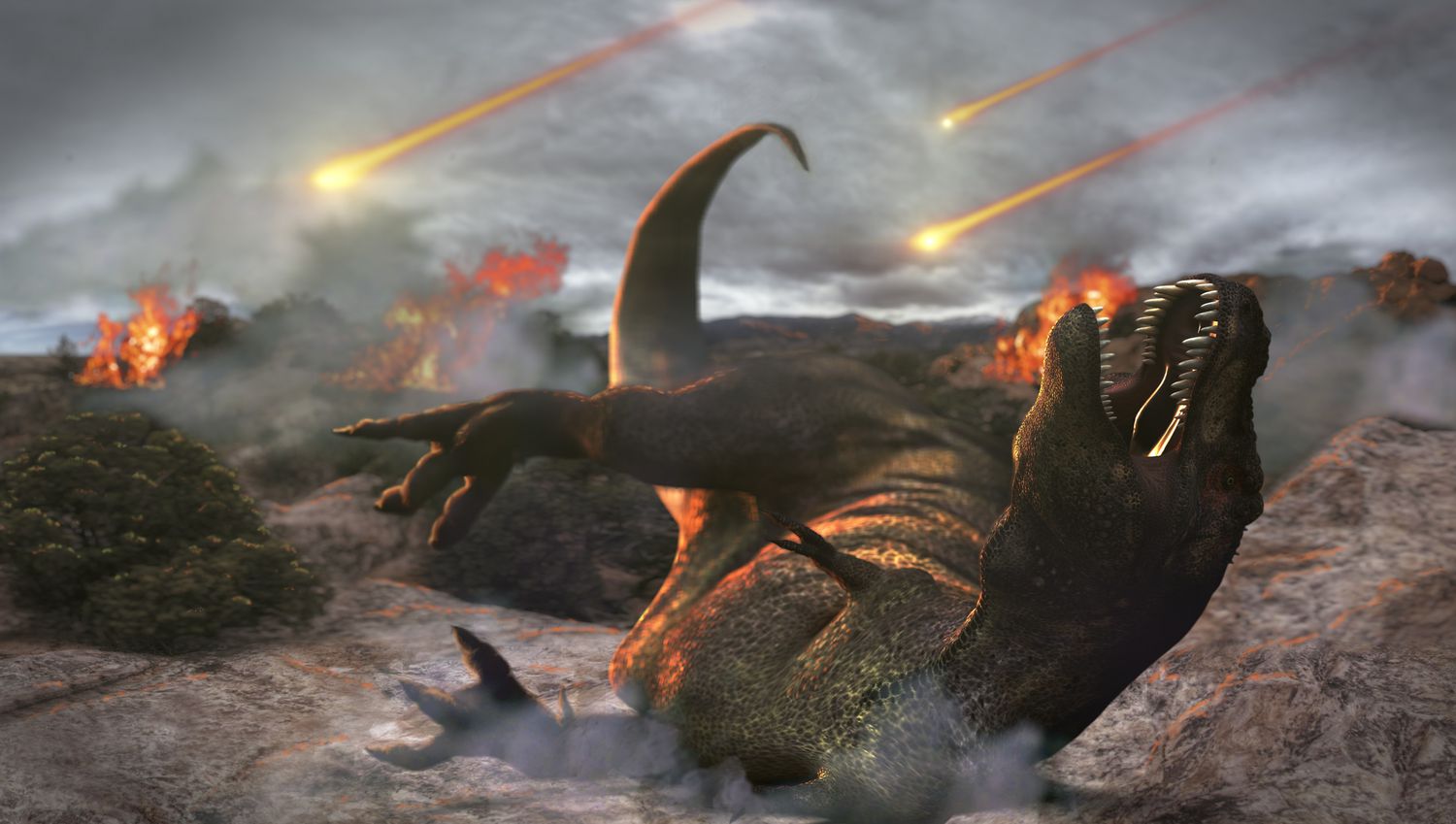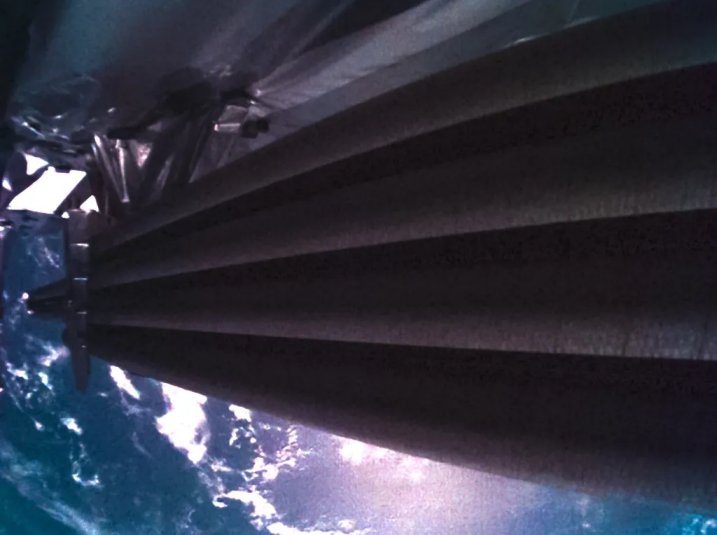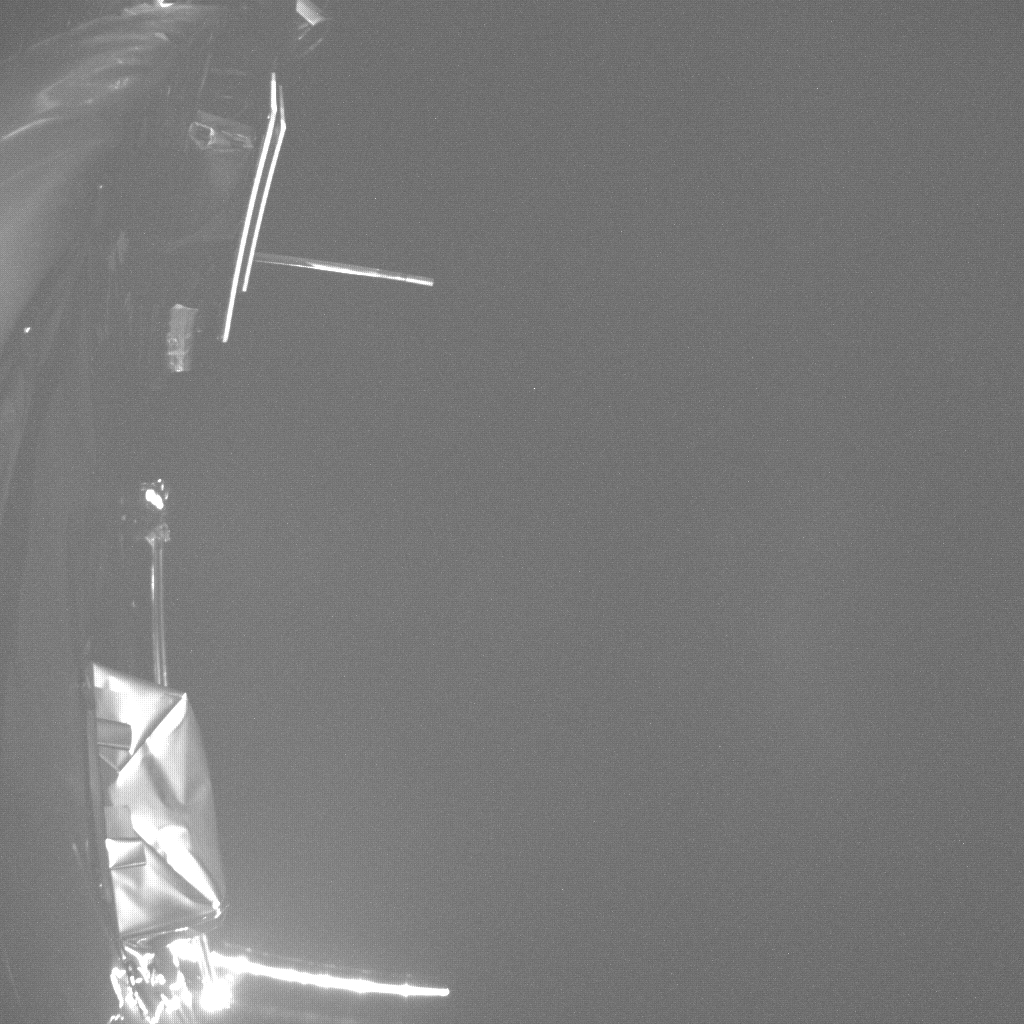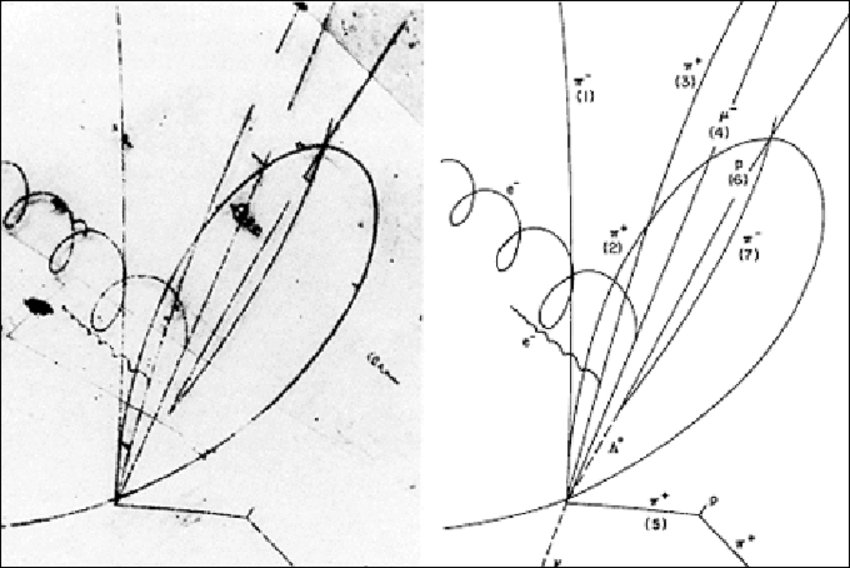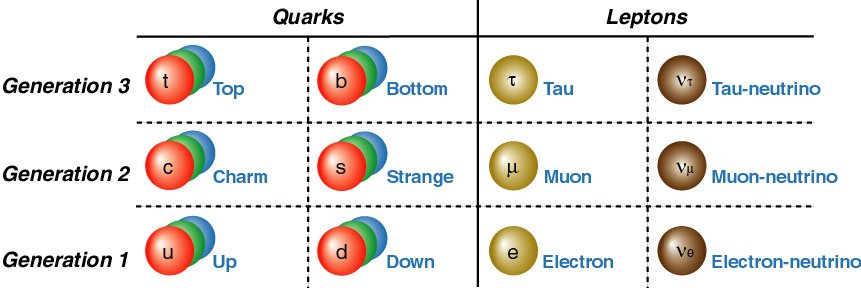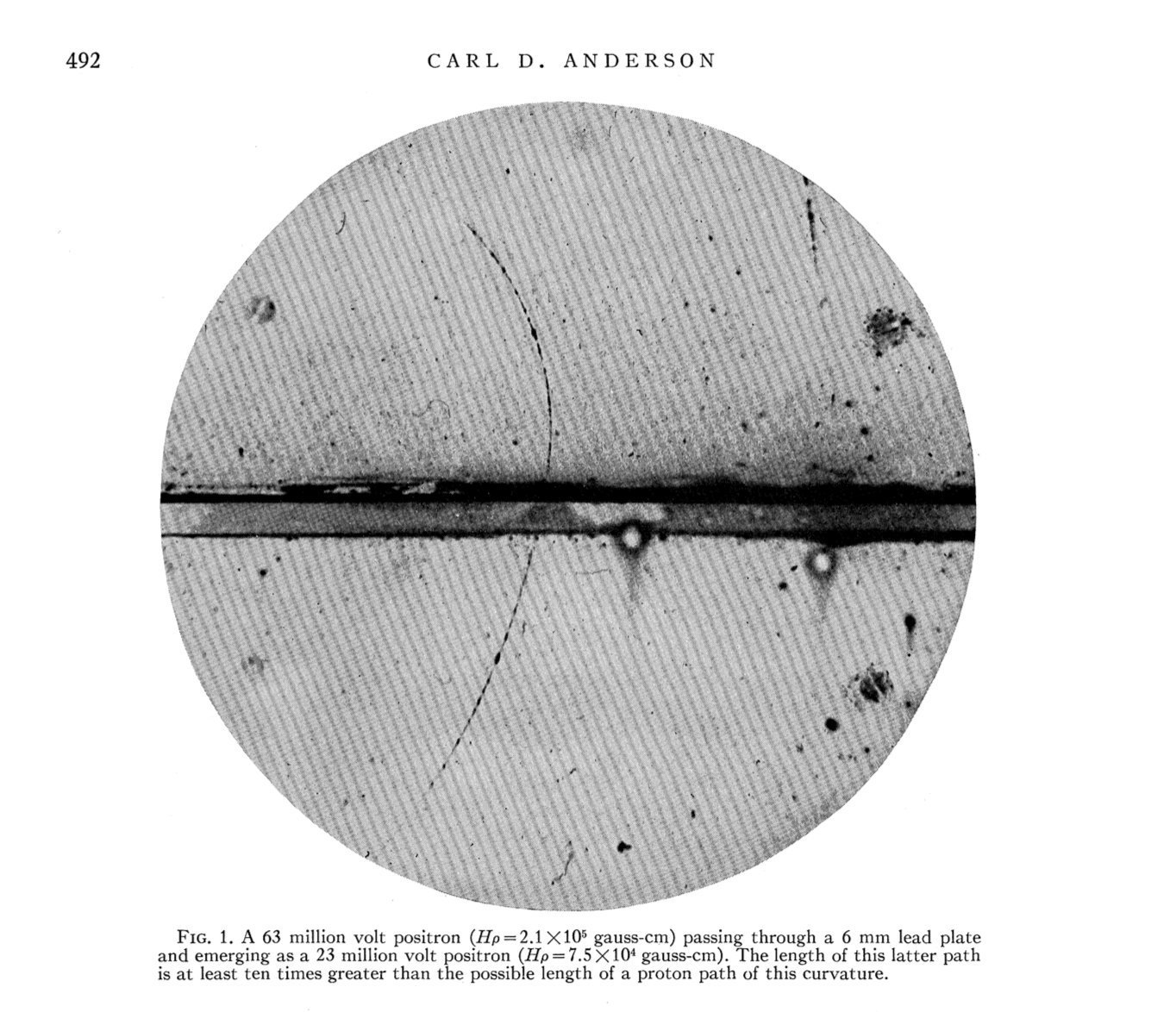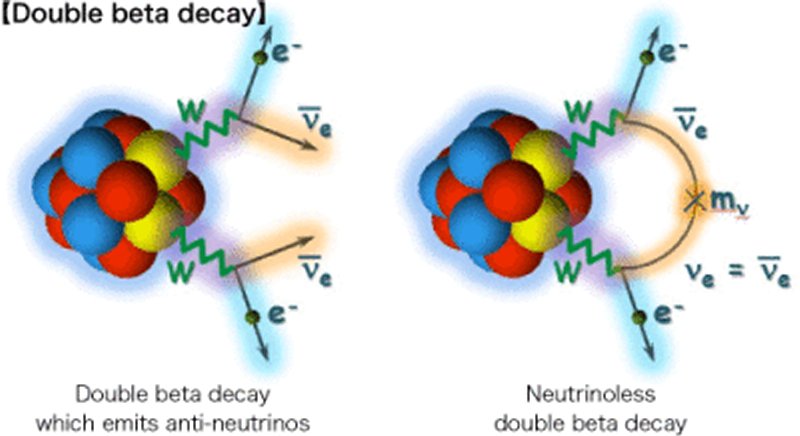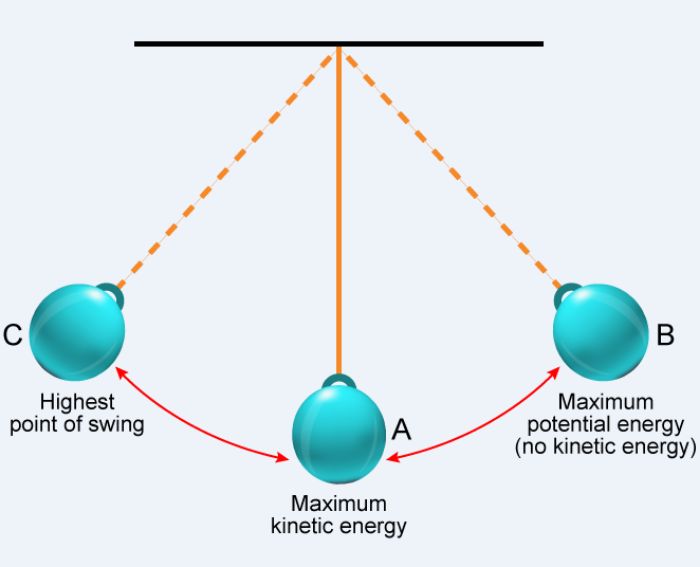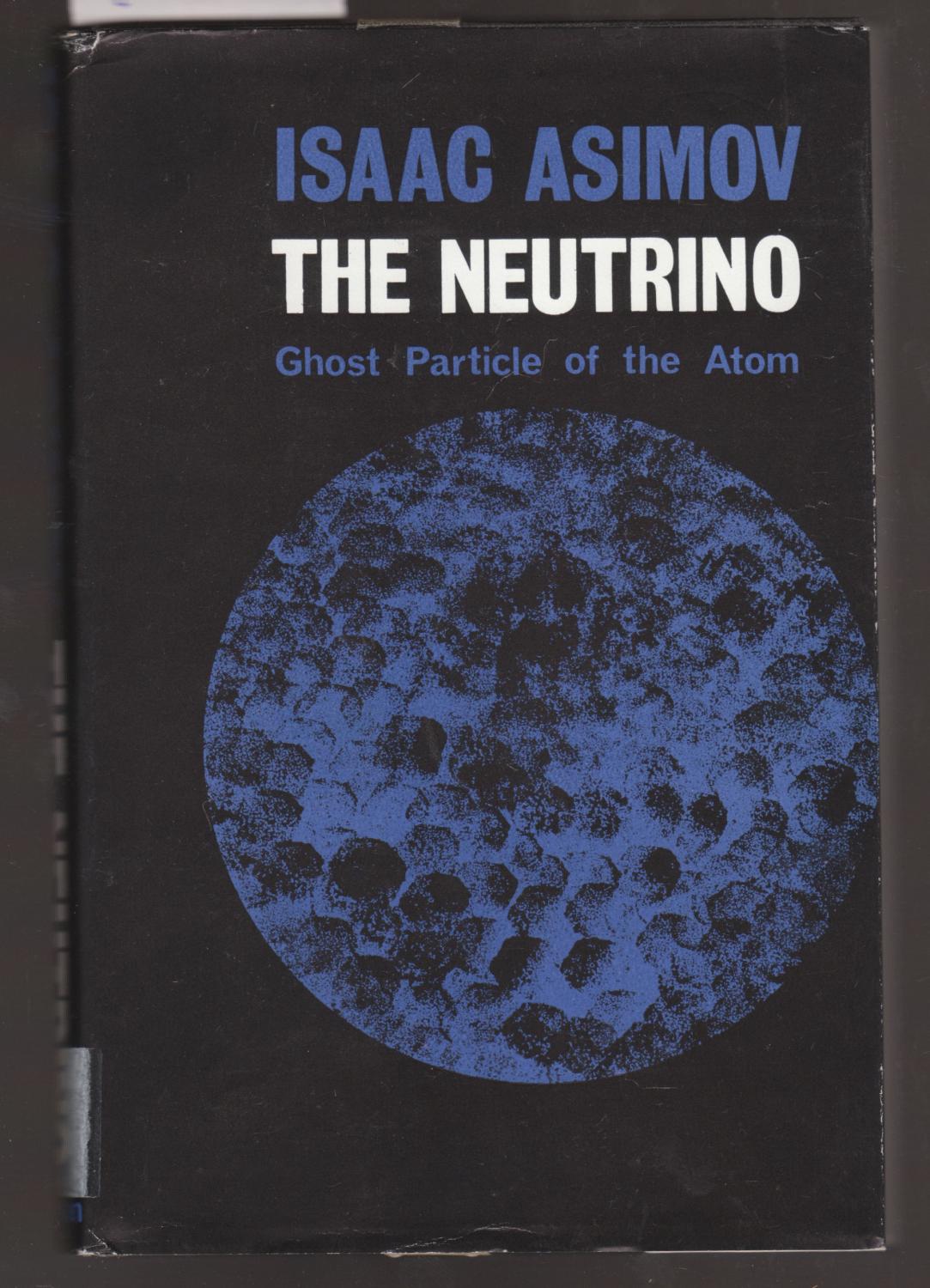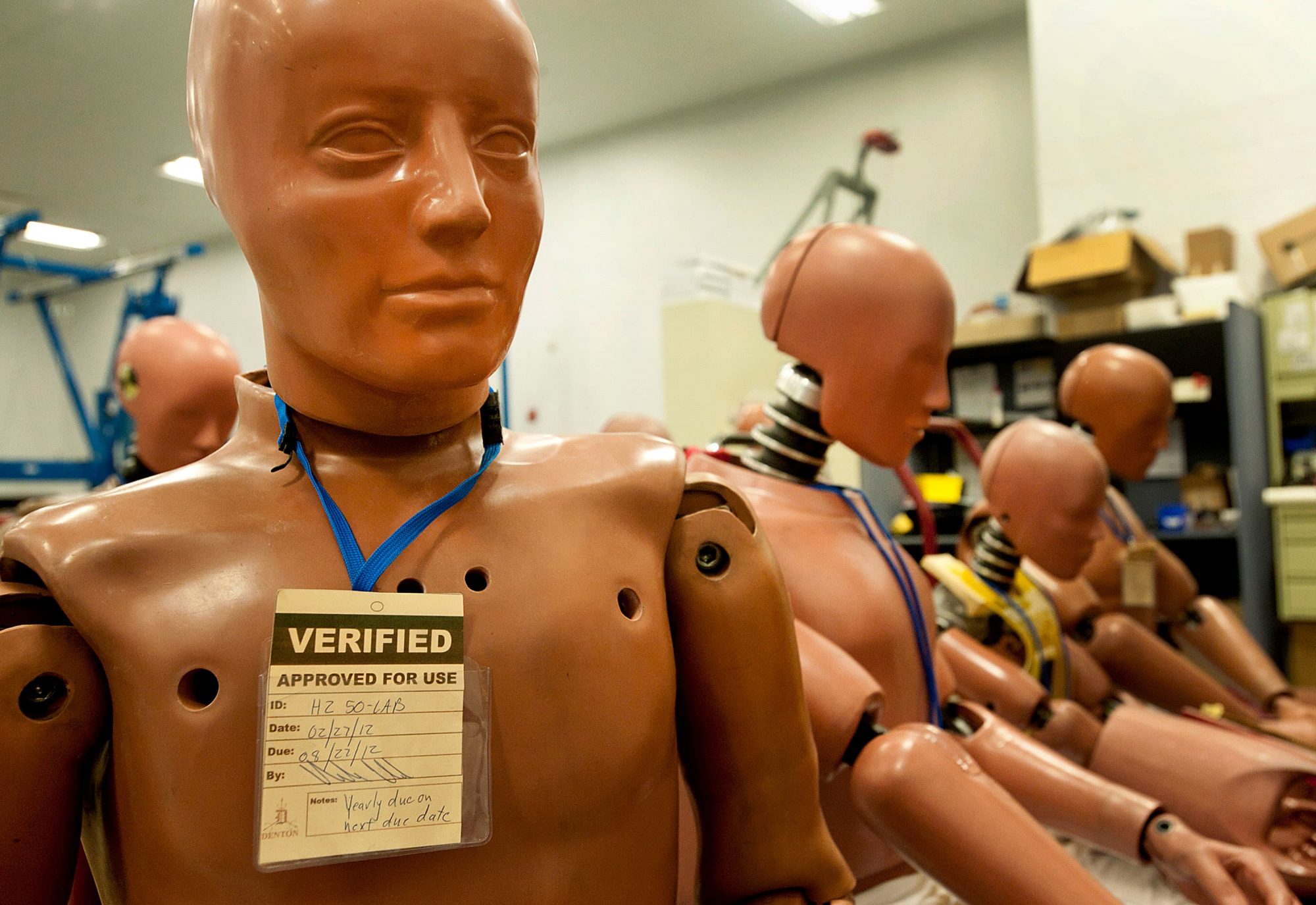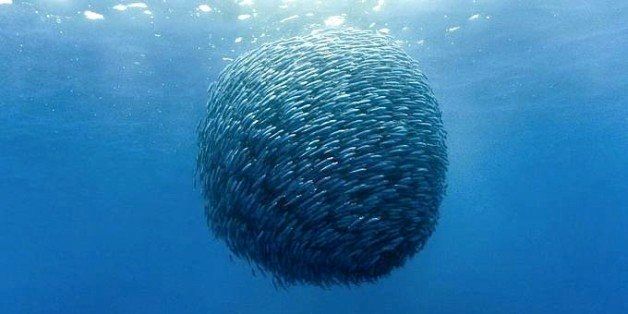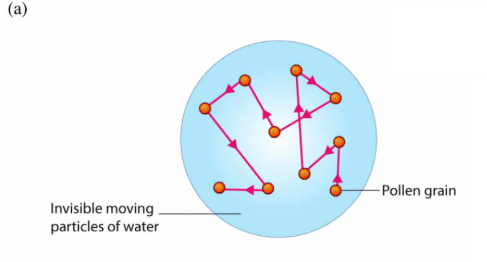As I’m sure everyone knows, Indiana Jones and the Dial of Destiny is the fifth and latest movie adventure of the archaeologist character Indiana Jones who first appeared in ‘Raiders of the Lost Ark’ way back in 1981. It is also the last adventure according to its 81-year-old star Harrison Ford, which means that everyone concerned with making the movie had an extra incentive to try to go out on a high note.

To let you all know, I’m a big Indiana Jones fan, I consider ‘Raiders of the Lost Ark’ to be the best action movie ever made. I also really liked both the second and third Indiana Jones movies, ‘Indiana Jones and the Temple of Doom’ and ‘Indiana Jones and the Last Crusade’. At the same time I really didn’t like the forth movie, ‘Indiana Jones and the Crystal Skulls’ known to my friends and I as ‘Indiana Jones and the Movie that should never have been Made’. Those facts should give you some idea of just how honest my opinion about ‘Dial of Destiny’ will be.
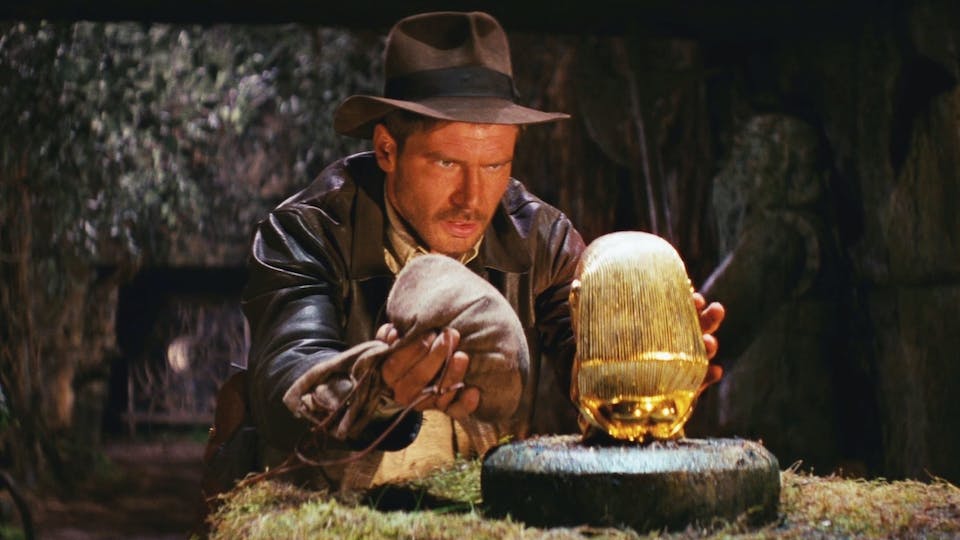
‘Dial of Destiny’ begins in the last days of World War 2 with Indy and another archaeologist, Basil Shaw played by actor Toby Jones, trying to prevent the Nazis from stealing various historical artifacts, one in particular being the head of the spear that pierced Jesus as he hung from the cross. That artifact turns out to be a fake but at the same time Basil recognizes another as the Antikythera, a mysterious clockwork like mechanism that was found in a shipwreck at the bottom of the Mediterranean in 1901 and is dated to sometime before about 80BCE. Of course Indiana Jones succeeds in defeating the Nazis and rescuing the Antikythera.

One of the most interesting aspects of ‘Dial of Destiny’ occurs during this opening segment for while Indiana Jones was still fairly young during WW2 actor Harrison Ford who plays him is now 81. So while Ford did the acting the producers employed an Artificial Intelligence (AI) imaging program to make his face look young, using Ford’s previous outings as Indiana Jones as a guide. The effect works surprisingly well, Harrison Ford looks young in this opening segment and in some ways that’s a bit terrifying. Think about it, what does the future hold, will we see Humphrey Bogart staring in the next ‘Star Wars’ installment, will the entire original crew of ‘Star Trek’ be brought back from the dead to act in new episodes written by an AI generated version of D.C. Fontana? (Yea, I know a couple of them are still alive but they’re old!!!!). In fact the use of AI in films is one of the big issues that led to the current strike by the actor’s union!

After defeating the Nazis in the opening the story skips ahead about 25 years to 1969. Here Professor Henry Jones, to use Indy’s real name, is a retiring teacher at a New York City University and obviously none to happy about that fact. In fact Indiana’s life is a bit of a mess, his son has died, apparently in Vietnam and his wife Marion, played by Karen Allen in both the first and fourth movies, is divorcing him. Here the 81-year-old Ford does some poignant acting showing the misery of someone who has all the time in the world on their hands but who really doesn’t think they have much of a future ahead of them.

Indiana’s retirement doesn’t last long however for Basil’s daughter Helena, played by actress Phoebe Waller-Bridge, shows up with the idea of finding the other half of the Antikythera and putting the two together. Before Indy can crack his whip he’s off on another daring adventure, fighting Nazis who want to refight WW2 and unearthing ancient secrets. I’ll stop my description at this point so as not to give away too many spoilers.

I would like to take a minute or two to discuss the actual Antikythera however, for there really is a mysterious mechanism that was brought up from a Greco-Roman shipwreck back in 1901. In the movie the Antikythera is in perfect working order, ready to do whatever it was made to do. In reality however two thousand years on the seafloor has left the artifact so corroded that it is never going to work again. As to why the Antikythera is such a mysterious object, simply put, it’s a gearbox, the sort of mechanism that you’ll find in an old watch or the transmission of your car. Most archaeologists agree that the Antikythera is a kind of clock designed to follow the motion of the Sun and Moon across the sky.
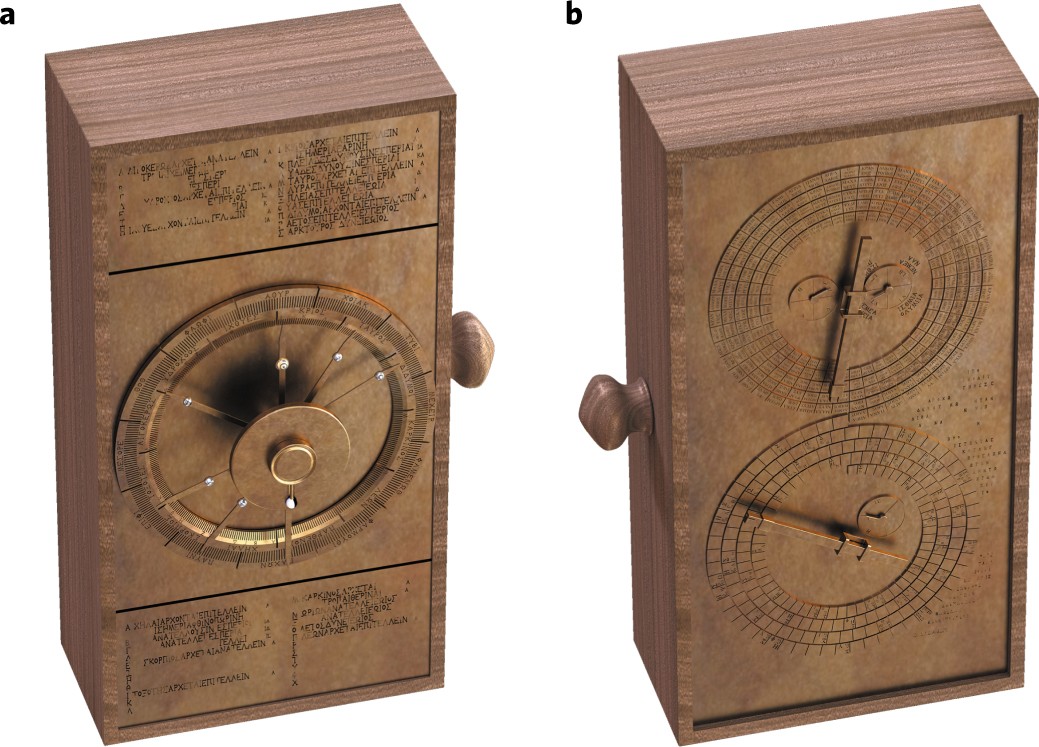
Prior to the discovery of the Antikythera historians didn’t think such gear based technology had been invented until about the 14th century yet the Antikythera is at least 1500 years older. Also, in the movie it is simply accepted that the Antikythera was made by the ancient Greek mathematician Archimedes. Well, aside from the time being about right there is no evidence at all to link the Antikythera to Archimedes.
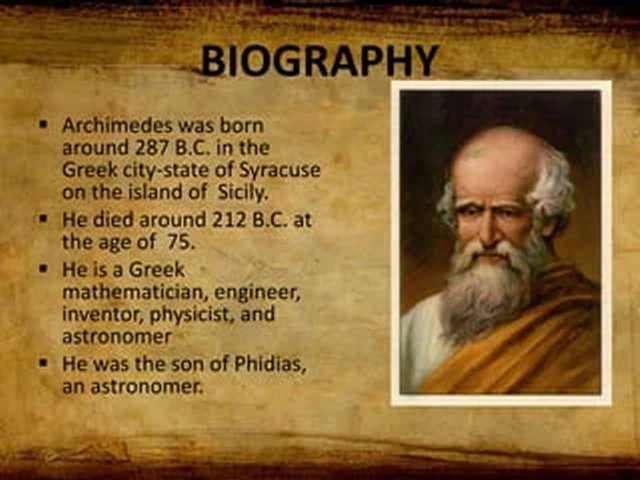

So, is ‘Indiana Jones and the Dial of Destiny’ a good movie? Is it a worthy final chapter to the Indiana Joes saga? I think so, the movie manages to maintain a roller coaster pace of thrills and chills even while allowing Harrison Ford to play a guy who’s getting too old for this shit. The movie is a bit of a nostalgia trip, I wouldn’t recommend it as a first Indiana Jones movie to see. Nevertheless ‘Indiana Jones’ is a fun two and a half hours with a character we’ve all grown to love. All in all ‘Dial of Destiny’ is a good way to say goodbye to Indiana Jones.












